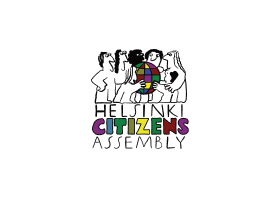Настоящее пособие посвящено институту amicus curiae («друг суда») и предназначено для юристов, правозащитников, сотрудников и волонтеров неправительственных общественных организаций.
В первой и второй части пособия рассказывается о возникновении этого института, его правовом значении и опыте участия неправительственных организаций в качестве «друзей суда» в судопроизводстве в России и Польше, а также в Европейском Суде по правам человека. В третьей части рассмотрена перспектива представления заключений «друзей суда» в договорных органах ООН.
Подготовка заключения amicus curiae рассматривается в связи с другой деятельностью некоммерческих организаций по ведению стратегических судебных дел. В приложении представлены рекомендации по подготовке заключения «друга суда».
https://www.hfhr.pl/wp-content/uploads/2020/02/Amicus-Curiae_%D1%81%D0%BF%D1%80%D0%B0%D0%B2%D0%BE%D1%87%D0%BD%D0%B8%D0%BA-%D1%8E%D1%80%D0%B8%D1%81%D1%82%D0%B0_FINAL.pdf

